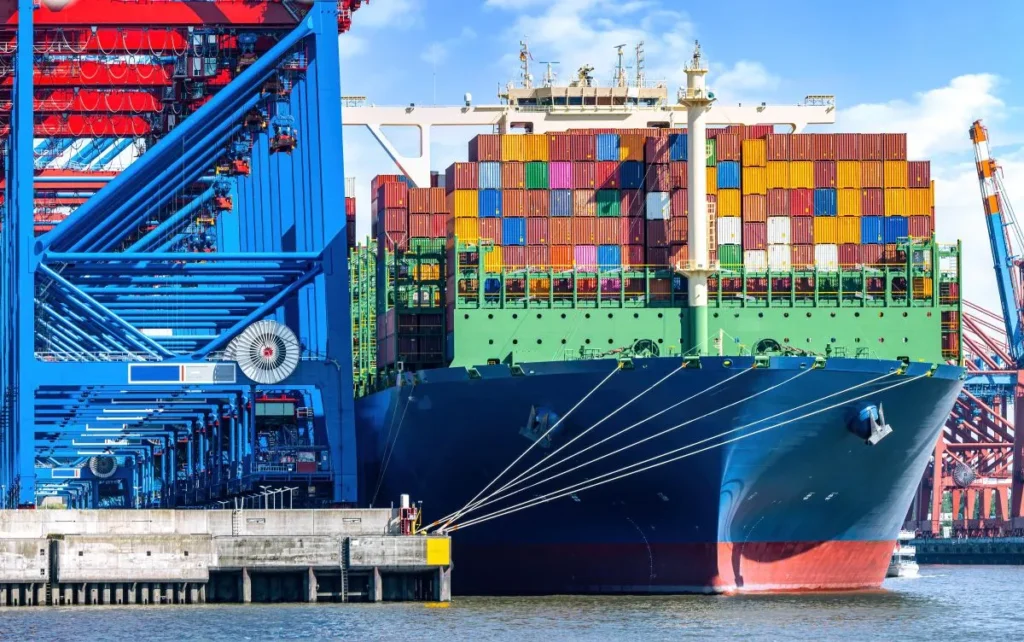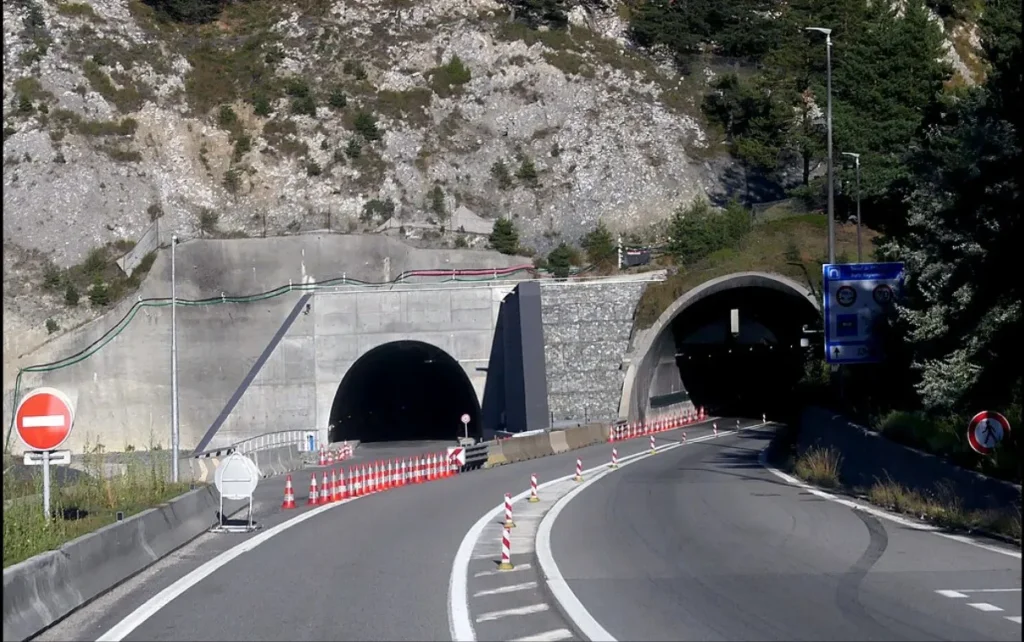Road transport in Western Europe experienced an unexpected revival in spring 2025, and Germany appears to be one of the main beneficiaries. Despite deepening economic uncertainty, data from the Trans.eu platform – cited by the Polish Road Transport Institute (PITD) in its report “Transport in Europe – Trends, Data, Analyses 2/2025” – shows a marked increase in shipper activity on outbound German routes. This trend reflects a limited supply of transport services, potentially creating opportunities for companies to re-enter the German market – provided their operations are carefully calculated.
Stock exchange alive, economy asleep
Between February and April 2025, the number of freight offers from Germany to France rose by 7% and 12%, respectively, while offers to the Netherlands increased by 9% and 15%. However, the strongest rebound was on the Germany–Poland corridor, where freight offers surged by 35% in March and a further 11% in April.
Meanwhile, inbound offers to Germany from Western countries also rose – from France by 56% in March and 17% in April, and from the Netherlands by 86% and 25%, respectively.
This growth is surprising, given the decline in carrier activity: the number of freight searches for routes to Germany has been steadily falling. In March and April 2025, all routes analysed showed a decline. For example, searches from France to Germany dropped by 30% and 24%, while those from the Netherlands fell by 30% and 25%.
Driver shortages and rising costs
The restricted supply of transport services stems from multiple factors, notably a shortage of drivers, rising operating costs, and the withdrawal of companies from the German market. Many German firms have downsized their fleets or ceased working with large clients altogether, unable to secure profitable rates.
At the same time, nearly one in three lorry drivers in Germany comes from abroad, and almost half of the trucks on the road have foreign plates – a resource that is far from unlimited.
Adding to this challenge is growing competition from Romanian, Czech, and Lithuanian hauliers, where labour costs can be up to 50% lower than in Poland. This cost advantage – amounting to a 20% difference in total expenses – is squeezing Polish companies out of the German market.
Rate jump: A gap effect?
With freight volumes rising and fewer carriers available, rate increases were inevitable. In April 2025, average freight prices from Germany to Denmark rose by as much as 36%, while rates from Italy increased by 11.8%. Routes from France and the Netherlands also saw increases of 6–8%. Interestingly, rates for routes to Germany increased more than those from Germany.
Germany’s technological dilemma
Beyond operational challenges, the German economy is grappling with a deeper, structural issue: a low level of digitalisation. Germany’s business sector is lagging in the adoption of digital technologies, limiting the efficiency and competitiveness of its logistics industry.
In global ICT (information and communication technologies) infrastructure rankings, Germany places just 41st, and its e-services are among the least developed in the EU.
While the ICT sector is growing faster than the broader economy (4.6% year-on-year in 2025), investment levels remain lower than in countries such as the US and France. As a result, digital transformation is too slow to mitigate crises in transport and logistics.
Implementing AI, machine learning, and automated fleet management could help address the driver shortage and boost profitability. According to McKinsey, automation could reduce losses linked to staff shortages by up to 1.3% of GDP.
A return to the market? Yes – but selectively
Experts agree that the increase in freight offers should not be seen as a clear sign of sustained economic recovery. Rather, the surge in client activity is being driven by a shortage of carriers and a shift to the spot market in an attempt to fulfil orders.
A cautious approach is therefore advisable: targeting routes that offer long-term stability and profitability, rather than simply chasing high spot rates.
For companies that exited the German market during the downturn, the current conditions may offer a chance to return – but only with a selective strategy. It’s important to remember that costs have not declined, and structural issues such as driver shortages, bureaucracy, and low-cost competition remain.
Lessons from the awakening of the German transport market (2025)
- Freight growth ≠ economic growth: While the number of offers from Germany is rising, the economy remains sluggish (GDP in Q1 2025: -0.2% year-on-year).
- Labour shortages persist: Even double-digit freight increases don’t translate into deliveries – there simply aren’t enough drivers.
- Freight platforms are growing, carriers are retreating: Despite booming activity on exchanges like Trans.eu, carrier participation fell across all routes in March and April.
- Prices are soaring: Capacity shortages have driven freight rates from Germany up by as much as 36% (e.g. to Denmark).
- Germany needs to embrace new technology: Slow digitalisation is hindering competitiveness in transport and logistics.
Return? Yes, but with care: The current situation offers opportunities – but only for those focused on selectivity, profitability, and technology.











